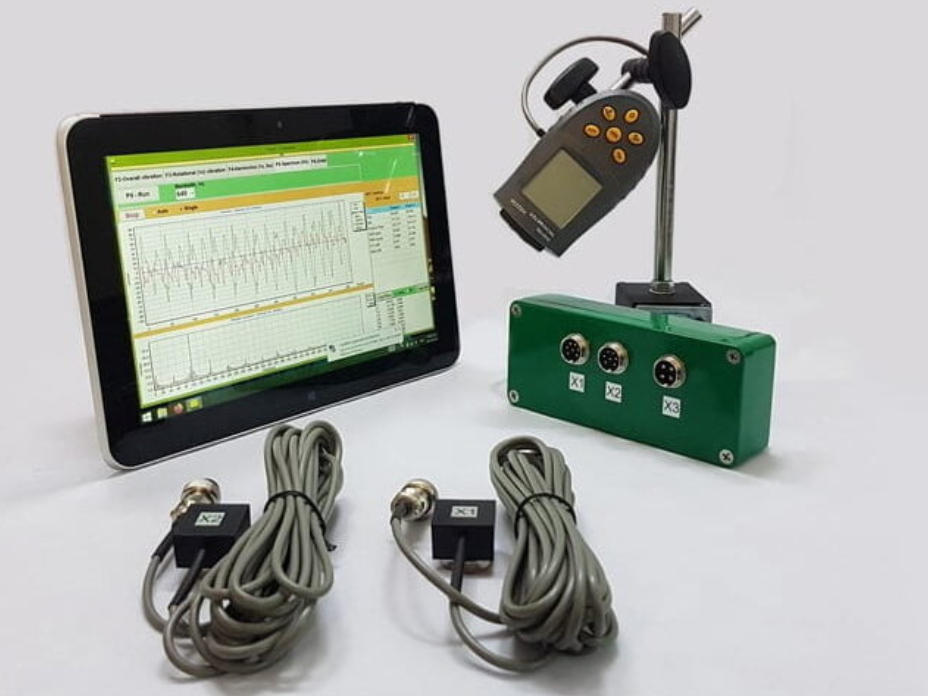Which Chip Stock is a Better Buy? By StockNews


© Reuters. Micron vs. Taiwan Semiconductor: Which Chip Stock is a Better Buy?
Rising demand for semiconductors by several industries, and investments made by governments and corporations to address the chip shortage, make the prospects bright for the semiconductor industry. As such, we think popular semiconductor companies Taiwan Semiconductor (TSM) and Micron (MU) are well-positioned to benefit. But which of these stocks is a better buy now? Let’s find out.Taiwan Semiconductor Manufacturing Company Limited (TSM) in Hsinchu, Taiwan, and Micron Technology, Inc. (NASDAQ:) in Boise, Idaho, are two prominent players in the global semiconductor industry. TSM manufactures and markets integrated circuits and semiconductor products. It provides wafer manufacturing, wafer probing, assembly, and testing, mask production, and design services. MU, in comparison, manufactures and markets a portfolio of memory technologies for solid-state drives, modules, multi-chip packages, and other system solutions.
Rising demand for tech devices from enterprises and their remote workforces has helped the semiconductor industry see a 29.2% year-over-year improvement in sales in the 2021 second quarter. Also, the resurgence of COVID-19 cases due to the rapid spread of its Delta variant should continue to buoy demand for semiconductors primarily from the consumer electronics industry. Furthermore, the demand for semiconductors should continue growing, driven by the ongoing global digital transformation.
Massive government and corporate investments in the semiconductor industry to address the chip shortage have boosted investor optimism in this space. This is evidenced by the SPDR S&P Semiconductor ETF’s (XSD) 7.2% gains versus the SPDR S&P 500 Trust ETF’s (SPY) 3.5% returns over the past month. According to a WSTS report, the worldwide semiconductor market is expected to grow by 25.1% in 2021 and 10.1% in 2022. As such, both TSM and MU should benefit.
Fusion Media or anyone involved with Fusion Media will not accept any liability for loss or damage as a result of reliance on the information including data, quotes, charts and buy/sell signals contained within this website. Please be fully informed regarding the risks and costs associated with trading the financial markets, it is one of the riskiest investment forms possible.







